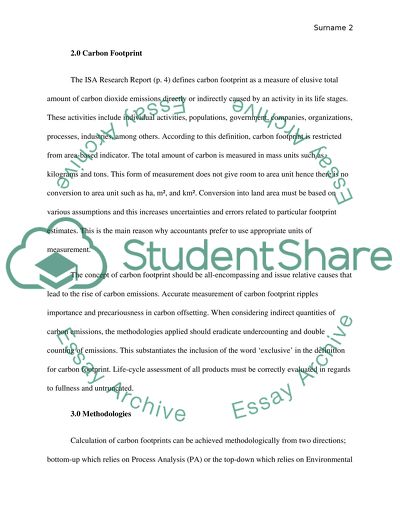Cite this document
(“SUSTAINABLITY IN THE DESIGNED ENVIRONMENT Assignment”, n.d.)
SUSTAINABLITY IN THE DESIGNED ENVIRONMENT Assignment. Retrieved from https://studentshare.org/architecture/1637192-sustainablity-in-the-designed-environment
SUSTAINABLITY IN THE DESIGNED ENVIRONMENT Assignment. Retrieved from https://studentshare.org/architecture/1637192-sustainablity-in-the-designed-environment
(SUSTAINABLITY IN THE DESIGNED ENVIRONMENT Assignment)
SUSTAINABLITY IN THE DESIGNED ENVIRONMENT Assignment. https://studentshare.org/architecture/1637192-sustainablity-in-the-designed-environment.
SUSTAINABLITY IN THE DESIGNED ENVIRONMENT Assignment. https://studentshare.org/architecture/1637192-sustainablity-in-the-designed-environment.
“SUSTAINABLITY IN THE DESIGNED ENVIRONMENT Assignment”, n.d. https://studentshare.org/architecture/1637192-sustainablity-in-the-designed-environment.


